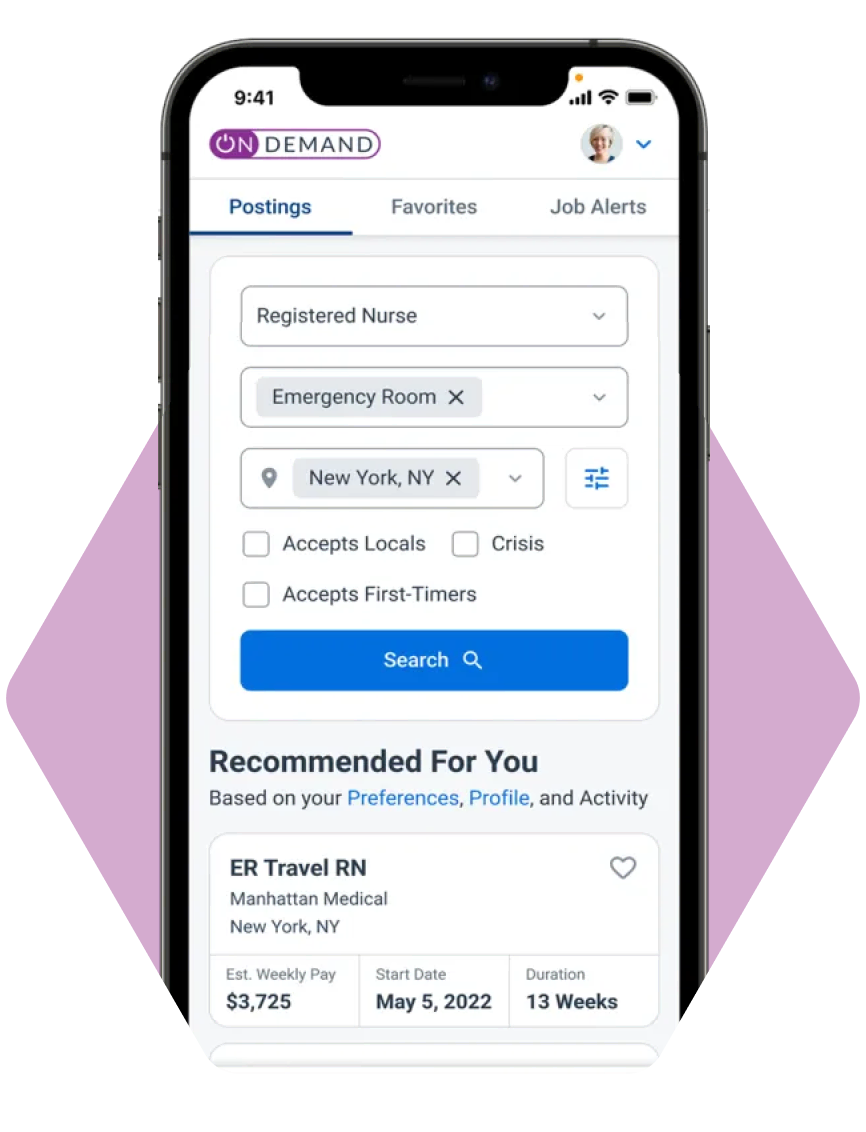Poor Nurse Satisfaction: Picketing for Staffing and Safety

Registered nurses are growing increasingly unhappy. And for a demographic that issues 90 percent of the world’s healthcare, that’s a problem. In San Pedro, California, poor nurse satisfaction levels have reached a boiling point. Last Tuesday (6/9), nurses rallied for betting working conditions, largely focusing on unsafe levels of staffing.
Our nurses are committed to illuminating the serious issues management has failed to address; they are putting patients’ health and safety on the line,” says Julie Cullen, RN at the hospital. “Tuesday’s picket is a way to take these issues beyond the hospital walls, so that our voices can unite with the voices of the community, calling for change—because that’s what our patients deserve.
Often overlooked in national nursing shortage dialogue are the patients at these facilities that lack staff.
According to another survey, there’s a strong correlation between nurse satisfaction and patient satisfaction and outcomes. Under the Affordable Care Act, patient outcomes and satisfaction are pivotal to financial incentives and avoiding penalty. Since 2012, the government has established hospital compensation based on the results of patient surveys. The study, conducted by nurse faculty at the University of Pennsylvania School of Nursing cites: “Patient satisfaction levels are lower in hospitals with more nurses who are dissatisfied or burned out—a finding that signals problems with quality of care. Improving nurses’ working conditions may improve both nurses’ and patients’ satisfaction as well as the quality of care.”
This particular rally has more to do with failed negotiations between hospital administration and its staff; however, a couple of the reasons cited are the same sentiments echoed virtually everywhere. From the article posted on NationalNursesUnited.org, the two many reasons for the rally are:
- Safe staffing – RNs maintain that staffing in the hospital must improve to reflect the mandatory safe nurse-to-patient ratios required by the Nursing Practice Act. As things stand, nurses say, the hospital is not adequately taking into account patient acuity (level of sickness) in assignments, and nurses are also being “floated” from lower level care units without the necessary in-service orientation and direct observation by a qualified RN to validate their competency.
- Failing to retain skilled RNs – While the hospital has boasted record profits in recent years, nurses are being asked to shoulder a series of takeaways, including healthcare benefit cuts, elimination of sick leave, and a cut in PTO accrual. Along with other issues, such as lack of adequate meal and rest period breaks, experienced RNs are leaving for other facilities that offer better working conditions. This leaves an experience gap, nurses say, where new grad hires simply do not have the skills of the longtime RNs that patients deserve.
While internal battles between administration and staff are happening all over, many hospitals are using alternative staffing options to fill voids and improve circumstances. International staffing is rising in popularity as more Chief Nursing Officers (CNO’s) discover this option.
Travel nursing is also a popular alternative. In fact, industry analysts say the demand for travel nursing has a reached a 20-year high.
Regardless of what method hospital administrations choose to fill internal voids, the reality is, there simply aren’t enough nurses to care for the patients most in need. To address the deficiency, hospital administration must think outside the box, and utilize options that will reduce the staffing burden and provide enough medical talent to ensure patient satisfaction.
GET STARTED IN

Land your dream job faster when you travel with us. Get started with top local and national travel nurse jobs in On Demand.





GET STARTED IN

Land your dream job faster when you travel with us. Get started with top local and national travel nurse jobs in On Demand.




GET STARTED IN

Land your dream job faster when you travel with us. Get started with top local and national travel nurse jobs in On Demand.
GET STARTED IN

Land your dream job faster when you travel with us. Get started with top local and national travel nurse jobs in On Demand.




View Top Jobs in

Search, apply and be the first in line for your dream job today.






View Top Jobs in

Search, apply and be the first in line for your dream job today.






Apply to Top Jobs in

Search, apply and be the first in line for your dream job today.





Get Started in

Search, apply and be the first in line for your dream job today.





Take Control of Your Career with

Search, apply and be the first in line for your dream job today.




